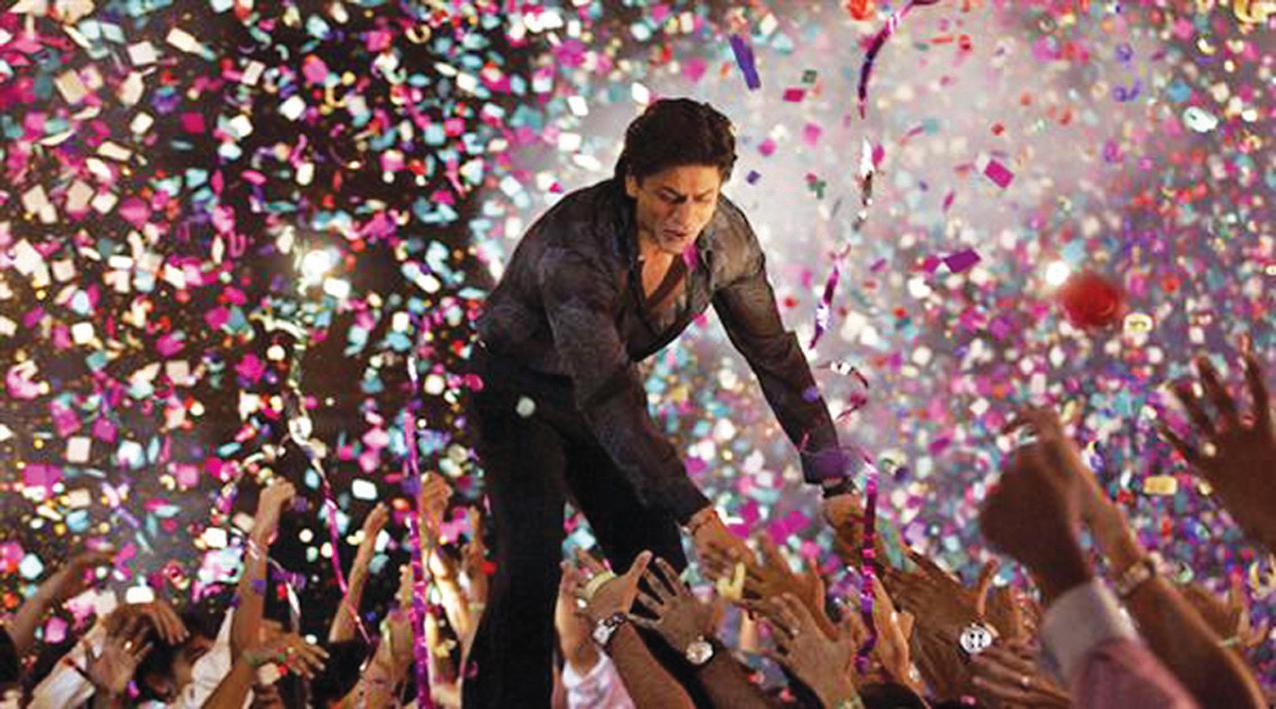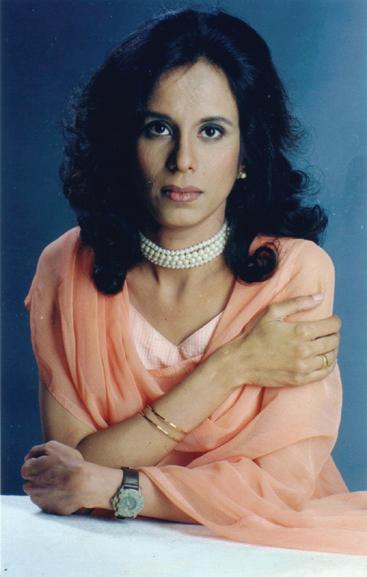
5 minute read
Basking in Bollywood
from 2009-10 Sydney (2)
by Indian Link
After five years of living in Sydney, MINAL KHONA finally understands why Bollywood movies are so popular overseas s long as I lived in India, I never understood why friends, cousins and extended families of friends living abroad had this unending fascination with Bollywood.

They would wait with bated breath for the latest blockbuster to hit foreign shores, simply so that they could watch it and make costumes similar to what the heroines wore. Girls would come down every winter and want outfits that Rani Mukherji wore in a particular movie and guys would want t-shirts sported by Shah Rukh Khan in another. They would hound me and other friends from the media for gossip on the stars, that we may have heard through the grapevine.
Then I came to Australia. And I understood.
I moved there after my marriage, and interacting with the Indian community in Sydney was a mixed bag of insights. On the one hand, while I was amazed at how they were star-struck to the extent of learning Bollywood dances; on the other, some of them were living in a time warp where, according to them, the India they left behind decades ago was still the only one in existence. Even changing themes, costumes, dialogues and music in the very movies they waited for, did not convince them that India and Indian society had moved with the times, while they had not. Anyway, it took living in Australia to give me an understanding of why Bollywood matters so much when you are an Indian living outside India.

Firstly, there is a sense of connecting with one’s roots that one misses when you live in a country that has a culture alien to your own. The western, more impersonal method of interacting is neither better nor worse than the warmth and highly personalized way of interacting in India; it is just different. Just as Hollywood movies are different. So the colour, the music, the songs, the larger-thanlife scenarios so effectively played out in our blockbusters, when watched abroad, reiterate in some way, the warmth and bonhomie of living in India that we miss.
For second generation Indians who have not experienced growing up in a neighbourhood where everyone knows you, your parents and grandparents, it is a window into India, and the stars become idols for them to emulate or admire. Because let’s face it, how many second generation Indians who have even grown up in Australia, avidly follow football or rugby? And how many actually join the sport on a professional level? So given their notvery-sporty lifestyles, they also watch what their parents watch – Hindi movies. And watching these movies gives them a sense of their Indianness, even if it is not a realistic picture that they see in the movies. The songs and dances, costumes, even the language – though definitely not the real India –all contribute to creating that sense of connectedness. And in the case of many second generation Indians, helps them learn Hindi too.
And of course, girls and guys abroad also become huge fans of our superstars.
People like Shah Rukh Khan, Kajol, Kareena Kapoor, Aishwarya Rai, Hrithik Roshan and the other current lot of stars have a huge fan following abroad. But I think, living abroad also makes you less discerning. Most people there will watch every Hindi movie that gets released, whether it is a good one or a really bad one. On my part, I have never understood how movies which have non-actors like Akshay Kumar and Aishwarya Rai get people to go ga-ga over them. While these stars have a fan following in India too, a lot of people here will readily admit that Aishwarya and some other assembly line actresses whose names I cannot recall, cannot act at all. However, I would get my head almost bitten off among my friends in Sydney if I criticized her or other beauty pageant products for their lack of talent.

I personally think it is a good thing that Indians abroad like watching Hindi movies. It is heartening to know that most Indians do not have the chee-chee attitude towards all things Indian. Then of course, there is also this whole trend of movies made with an eye to capturing audiences abroad. Some movies that don’t do well in India do extremely well overseas.
In my case I have always been a movie buff and don’t suffer from the snobbish, look-down-on-Hindi-movies syndrome. I thoroughly enjoy Bollywood movies and watch the good ones repeatedly. Of course, having been a journalist before moving to Australia, I had the privilege of meeting some of the very stars I would watch, so it would bring back happy memories of those meetings. I still remember, every time I got extremely homesick, I would watch Kabhi Khushi Kabhi Gham – the ultimate NRI movie. To date, I cannot fathom why I liked watching it so much. Especially since the same movie, watched in my apartment in Bombay, doesn’t give me the same warm, fuzzy feeling that it gave me in Sydney. Another reason why watching Indian movies is huge abroad, especially Bollywood ones, is the costumes and looks. While our dusky complexions and black hair make it a bit hard to emulate the cool blonde/ brunette beauty of a Scarlett Johannson or a Hannah Montana, it is easier to wear what a Kareena wears in Jab we Met, or sport the bridal look of Preity Zinta in Kal Ho Na Ho. And as most designers will tell you, as will bridal make-up artists, the most popular among NRI brides are the looks and style of Indian actresses in movies. In fact, a lot of designers who do bridal wear have a busy calendar catering to moneybags brides from foreign shores.
If you talk to Indians abroad, I am sure you will get a host of reasons why they watch Bollywood movies. From their entertainment value to ideas for lavish weddings, from over-the-top acting to really great performances of the more talented actors, there is no denying that when you are living overseas, these movies do more than just help you kill time. They make you laugh, they make you cry, and in some cases, they even help you fall asleep in front of the TV, like I did.
While the music and songs are a part of our consciousness, specially for those of us who grew up listening to the best songs of the time, when you are abroad, the latest item number becomes one you can dance to at all the Indian parties, and hum while driving to work. Dhan Te Nan becomes more than just a toe-tapping, hip-swinging tune to which you can let yourself go. It becomes a part of who you are in a country where your identity may be vulnerable because of the colour of your skin or where you feel outnumbered by the majority.
I think it would be safe to say that for many Indians who live abroad, we carry a bit of Bollywood in all of us. Be it humming a popular tune or collecting a set of DVDs with subtitles because we don’t completely understand the language or the current slang, these movies are an integral part of being an Overseas Citizen of India.














